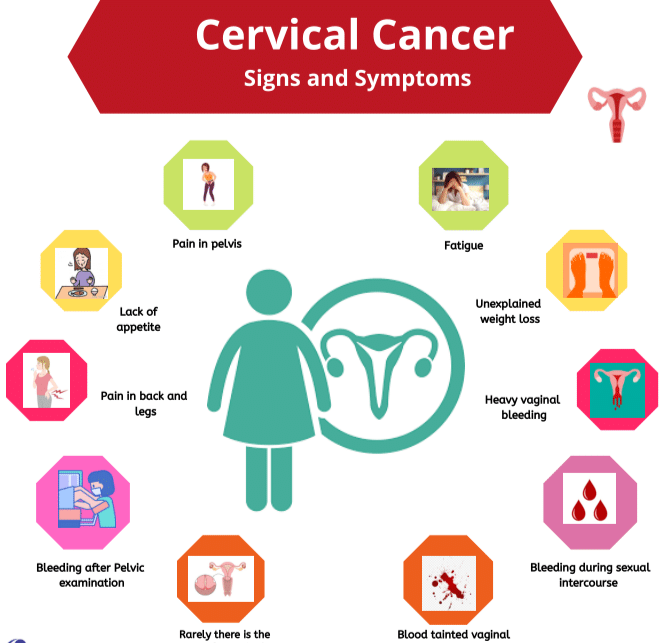Cervical cancer, though preventable, remains a significant global health concern, affecting millions of women each year. Understanding its causes, treatment options, and preventive measures is crucial for women’s health empowerment and well-being. Let’s delve into the depths of cervical cancer to shed light on this important topic.
What Causes Cervical Cancer?

Human papillomavirus (HPV) infection is the primary cause of cervical cancer. HPV is a common sexually transmitted infection, with several strains being linked to cervical cancer development. However, not all HPV infections lead to cancer, as the body’s immune system can often clear the virus. Persistent infection with high-risk HPV strains, particularly HPV 16 and 18, can lead to the development of cervical cancer over time.
Other factors that increase the risk of cervical cancer include:
Smoking: Smoking increases the risk of cervical cancer and can worsen the effects of HPV infection.
Weak Immune System: Immunosuppression due to conditions such as HIV/AIDS or immunosuppressive medications can increase susceptibility to HPV infection and cervical cancer.
Early Sexual Activity: Engaging in sexual activity at an early age increases the risk of HPV infection, which in turn raises the risk of cervical cancer.
Multiple Sexual Partners: Having multiple sexual partners increases the likelihood of HPV exposure and infection.
Treatment Options for Cervical Cancer
The treatment approach for cervical cancer depends on several factors, including the stage of the cancer, the patient’s overall health, and their preferences. Treatment options may include:
Surgery: Surgical procedures such as hysterectomy (removal of the uterus) or trachelectomy (removal of the cervix) may be performed to remove the cancerous tissue.
Radiation Therapy: Radiation therapy uses high-energy rays to destroy cancer cells and is often used in combination with surgery or chemotherapy.
Chemotherapy: Chemotherapy involves the use of drugs to kill cancer cells and may be used alone or in combination with other treatments.
Targeted Therapy: Targeted therapy drugs specifically target cancer cells, often with fewer side effects than traditional chemotherapy.
Immunotherapy: Immunotherapy works by stimulating the body’s immune system to recognize and attack cancer cells.
Prevention Strategies
Preventing cervical cancer primarily revolves around HPV vaccination and regular screening:
HPV Vaccination: HPV vaccines are highly effective in preventing infection with the most common cancer-causing HPV strains. Vaccination is recommended for both males and females, ideally before the onset of sexual activity.
Regular Pap Smears: Regular Pap smears or HPV tests can detect precancerous changes in the cervix, allowing for early intervention and treatment.
Safe Sexual Practices: Practicing safe sex, including condom use and limiting the number of sexual partners, can reduce the risk of HPV transmission.
Smoking Cessation: Quitting smoking can significantly reduce the risk of cervical cancer and improve overall health.
Conclusion
Cervical cancer is a preventable and treatable disease, yet it continues to pose a significant threat to women’s health worldwide. By understanding its causes, treatment options, and preventive strategies, women can take proactive steps to safeguard their health. From HPV vaccination to regular screenings and healthy lifestyle choices, each action plays a crucial role in the fight against cervical cancer. Let’s empower women with knowledge and resources to prevent and overcome this disease, ensuring a brighter and healthier future for generations to come.





Comments